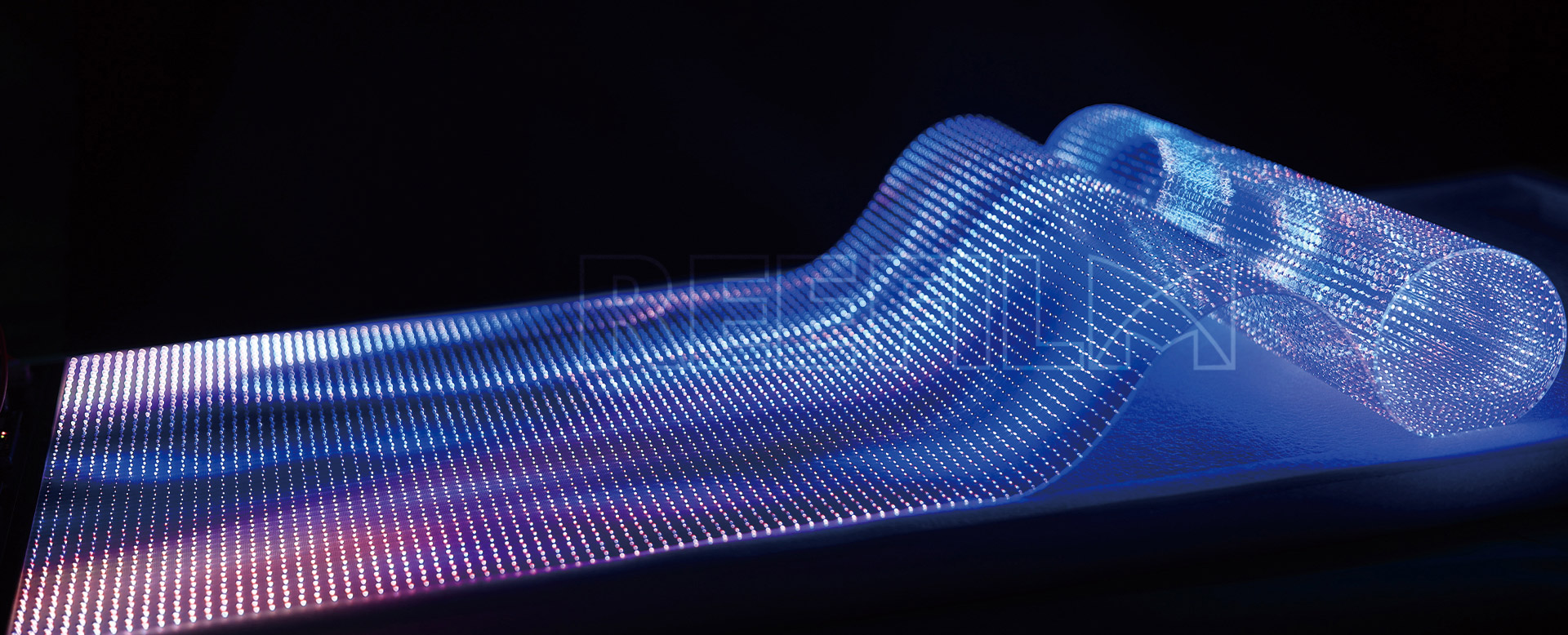I. Core Specifications & Technical ParametersPixel Pitch: 8mm (distance between adjacent LED clusters), balancing resolution and cost-efficiency for outdoor viewing distances of 8+ meters.Pixel Density: 15,625 pixels/m², ensuring clear imagery even at medium-to-long ranges.Brightness: 6,500–7,000 nits (cd/m²), designed to combat direct sunlight and maintain visibility in daylight.Protection Rating: IP65 or higher (dustproof and water-resistant), withstanding rain, humidity, and dust.Viewing Angles: ≥140° horizontally and vertically, enabling wide audience coverage without color distortion.Power Consumption: Average 150–200W/m² (peak ≤600W/m²), with energy-saving modes available.II. Key Advantages for Outdoor UseSuperior Clarity & Color AccuracyFull-Color LEDs: Utilizes high-grade LED chips (e.g., Cree, Nichia) with 16.7 million color options and 65,536 grayscale levels for vivid, lifelike visuals.High Refresh Rate: ≥3,840Hz, eliminating motion blur for dynamic content like sports broadcasts or live events.Durability & StabilityWaterproof iron/aluminum cabinets with anti-corrosion coating (operational range: -30°C to +80°C).Advanced cooling systems (air cooling or integrated AC units) for 24/7 operation.Long Lifespan: LED modules rated for 100,000+ hours, reducing replacement frequency.Rugged Cabinet Design:Smart Control & FlexibilitySynchronous: Real-time playback via HDMI/DVI/SDI inputs.Asynchronous: Offline content storage and playback via USB/Wi-Fi/4G.Dual Cont





